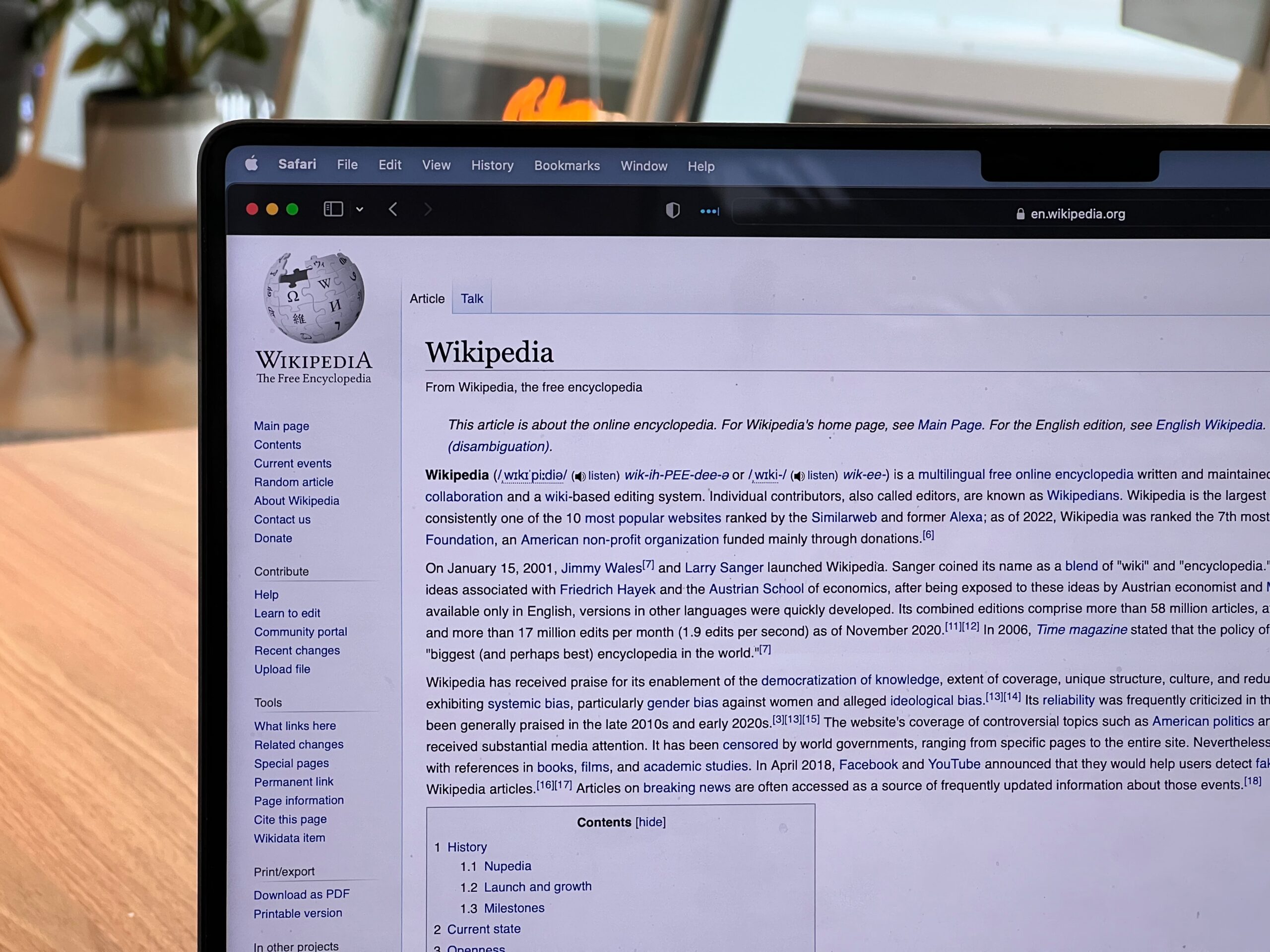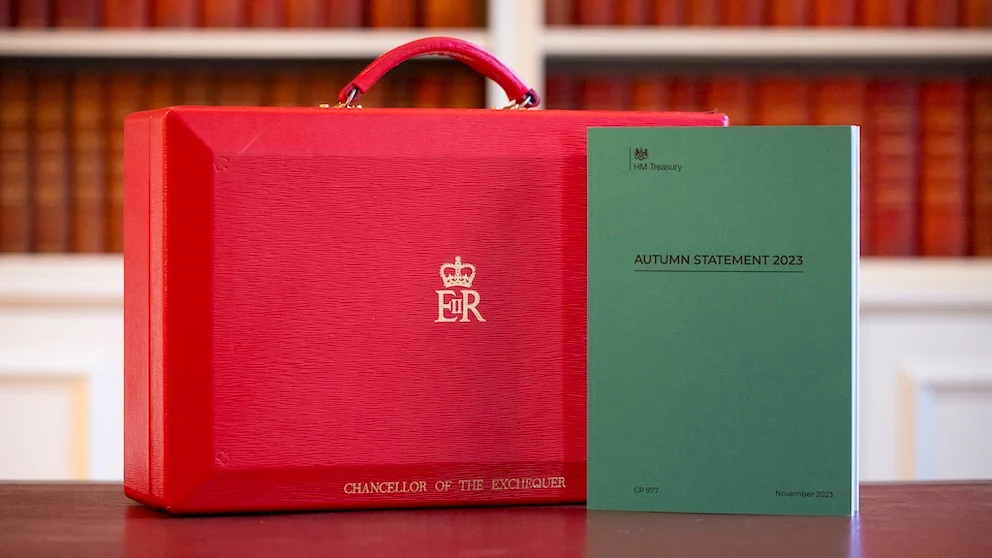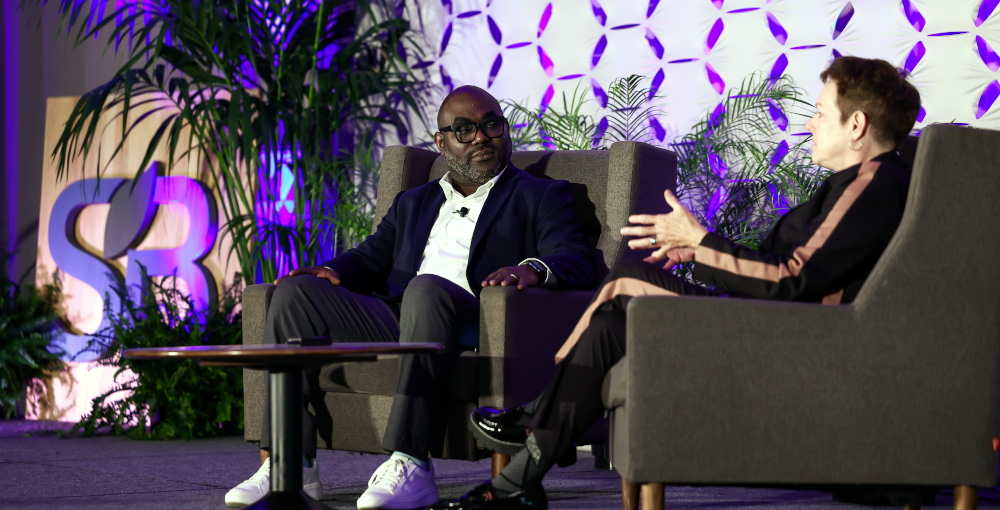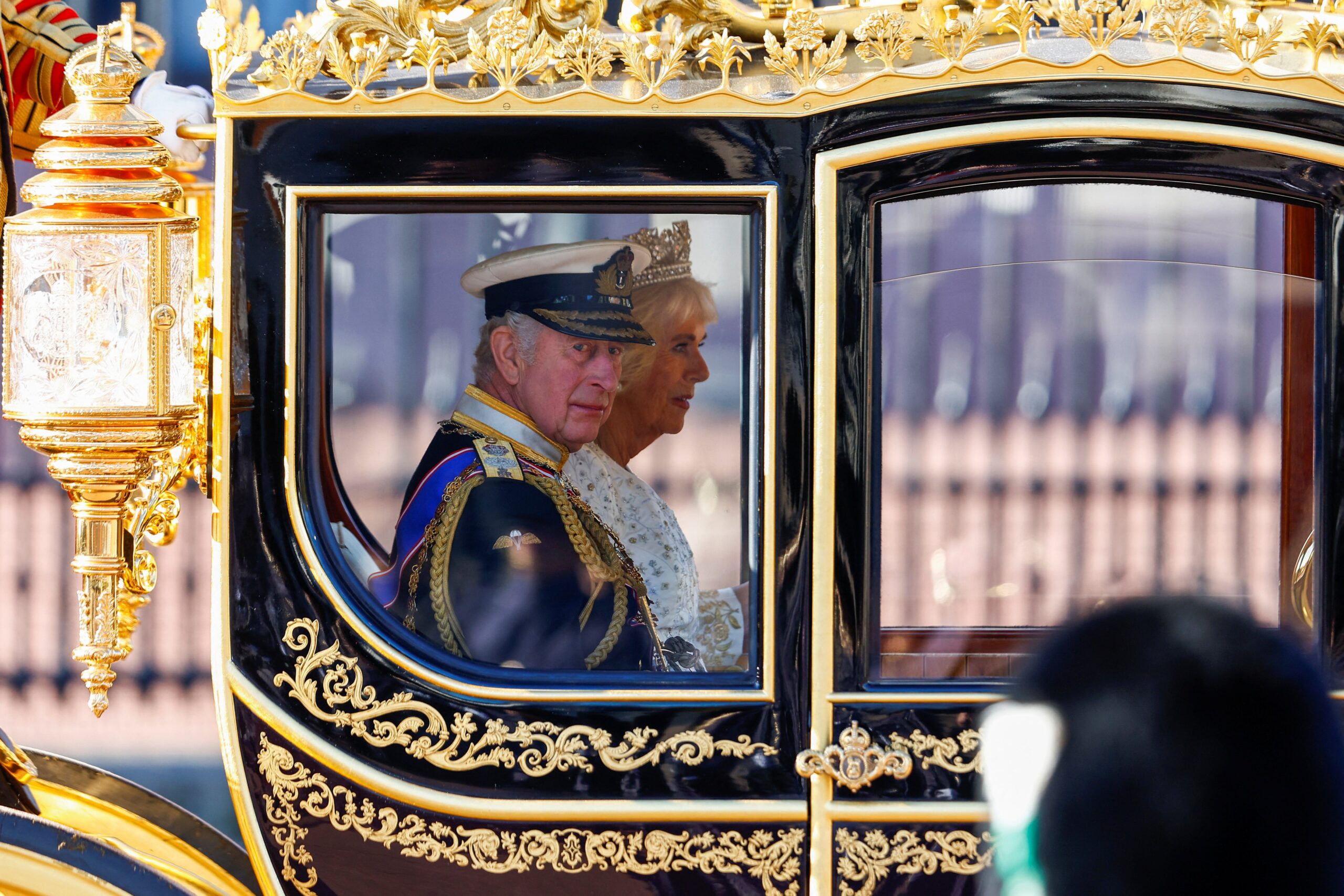No modern PR strategy is complete without online reputation management – and Wikipedia is one of the most important places where an organization shows up online. Wikipedia ranks highly in search results, informs Google Knowledge Graph entries and voice assistant answers, and is one of the first places audiences turn to get an independent perspective on an organization.
While many organizations try to update Wikipedia entries related to them, they often find the process isn’t straightforward. That’s because Wikipedia has strict guidelines around how users with a conflict of interest interact with the encyclopedia, to enforce its standards for neutrality and notability. Instead of editing directly, Wikipedia requests that users with a conflict of interest – including PR reps – engage with Wikipedia ethically, disclosing their conflicts of interest and requesting edits to related articles on their “talk” (discussion) pages rather than editing directly.
At Porter Novelli, this ethical approach to Wikipedia engagement is in harmony with our work as communications consultants, advocates and reputation experts. For almost 10 years, Porter Novelli has participated in a public pledge of PR representatives on Wikipedia to behave ethically and within Wikipedia’s guidelines. In the years since, we’ve worked with dozens of clients across our portfolios to create new Wikipedia articles and update existing articles, smoothly and in cooperation with the Wikipedia community.
Some of the scenarios where we’ve worked with clients and Wikipedia editors to improve Wikipedia’s coverage include:
•Executive visibility: Creating an article for a high-profile executive or thought leader
•Crisis communications: Ensuring that Wikipedia’s coverage of a crisis is accurate, appropriately contextualized, and doesn’t give an event undue weight
•Reputation management: Ensuring a company article includes the latest information on the organization’s major operations and offerings
•Pharmaceutical: Updating Wikipedia’s coverage of a disease state to reflect the latest medical consensus
•Quality control: Improving articles that have been flagged as failing to meet Wikipedia’s standards for writing, neutrality, or references
Given our extensive experience in this space, we are sharing our insights into some of the most pressing questions we see around brand advocacy on Wikipedia:
When should a brand get involved on Wikipedia?
A brand’s Wikipedia page should be accurate, well-written and reasonably up to date, providing all the information about the brand that’s both relevant and notable. The better a page reflects the facts, the better it will inform visitors and create a positive and accurate brand association.
Why can’t I just edit my organization’s article?
Directly editing the article for someone you work for is against Wikipedia’s rules. Of course, plenty of people lean on Wikipedia’s anonymity policies to try to circumvent the rules. Wikipedia has prepared for that: transparent edit histories make it pretty easy to identify and undo unwelcome edits. Getting caught breaking the rules can get you banned from Wikipedia and even result in negative media coverage, as it has in the past for brands like Burger King and BP and many more.
How much can an organization’s article be updated?
It all comes down to the sources. Sources on Wikipedia – especially independent sources – matter for two reasons:
1. Sources prove that something is true.
2. Sources prove that a piece of information is notable enough for inclusion in an encyclopedia. It’s an imperfect yardstick, and there are nuances, but the rough guideline is that if something was important enough to receive coverage in an independent publication, it’s important enough to be on Wikipedia.
That means that brand representatives on Wikipedia with reliable and neutral citation can request:
•Correction of a factual error, providing citation for the accurate information.
•The addition of relevant, notable information, providing citation and suggested wording.
•Creation of an article on a noteworthy topic, providing a first draft with sources.
However, the following tactics are off limits:
•Repeating a rejected request to try to get someone else to accept it.
•Requesting the removal of relevant, factual information.
•Guaranteeing an edit or a timeline. Other Wikipedia editors are free to reject or ignore suggestions or to modify wording as they see fit, and the time needed to get a response to a request varies.
•Directly editing an article on which the brand/user does not have a neutral point of view.
•Concealing a conflict of interest by excluding it from a user profile or discussion on a talk page.
The Process
Here’s what to expect when working with PN to update Wikipedia:
Phase 1: Research and preparation
•PN researches the Wikipedia page history and active editors and projects surrounding it.
•PN works with you to review the current brand coverage and identify opportunities for improvement, keeping in mind Wikipedia’s rules and best practices. For any new information, we ensure reliable, third-party citation is provided.
•PN drafts text for recommended page updates, with citations and formatting.
Phase 2: Collaboration with Wikipedia editors
•PN requests updates on the talk page of the relevant article, disclosing conflict of interest and providing full citation. (A new article is submitted for review through the similar Articles for Creation process.)
•As needed, PN takes steps to escalate the request until it receives a response. This can include adding the request to a centralized queue and reaching out to editors who have worked on the article in the past.
If you are interested in learning more about our capabilities or how to work with us, please reach out Chelsea.bodow@porternovelli.com

















